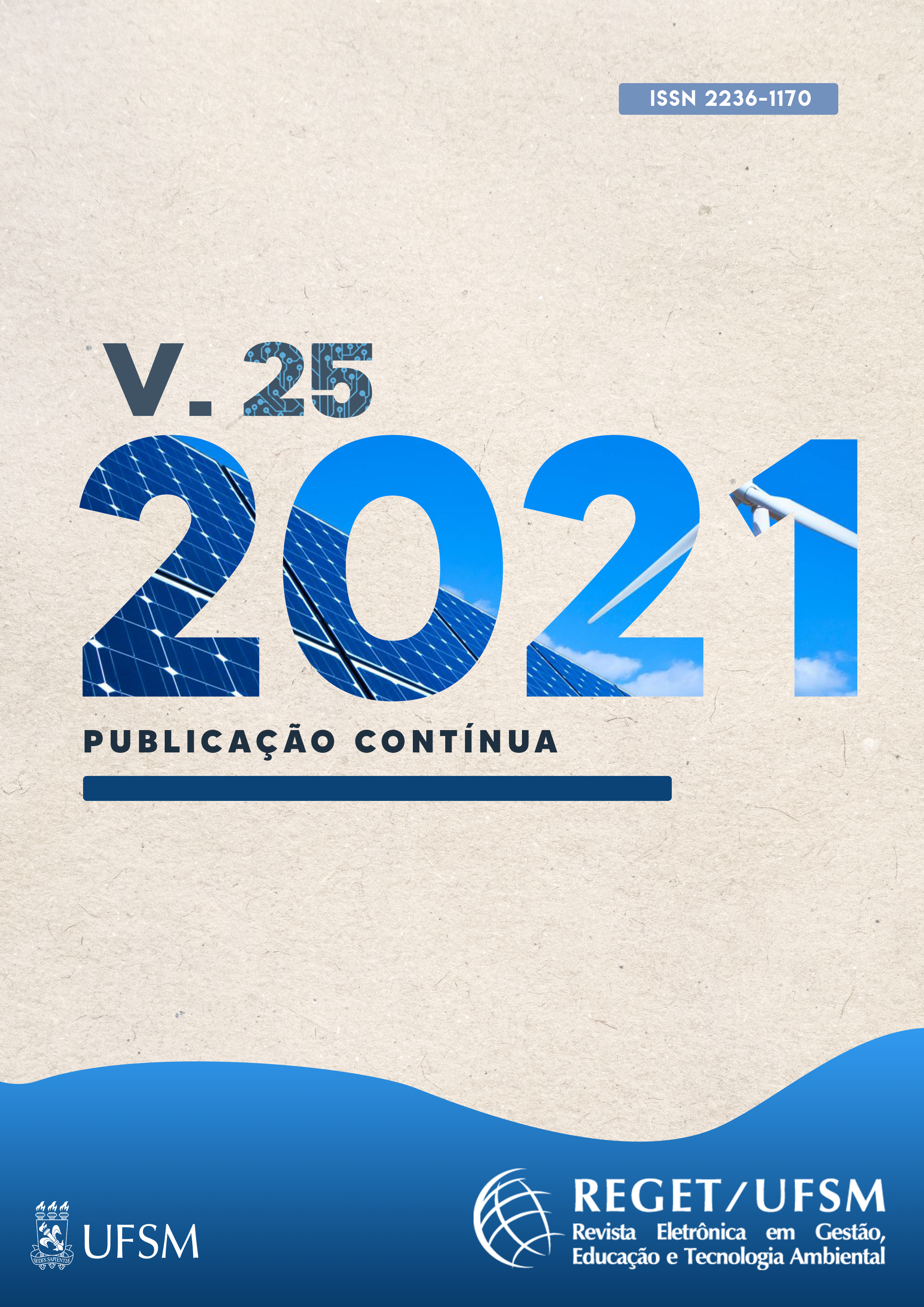Digital forensics and it's role in promoting criminal prosecution
DOI:
https://doi.org/10.5902/2236117063798Keywords:
Digital Forensics, Criminalization, Judicial Law, Cloud ComputingAbstract
Digital forensics is essentially synonymous with computer forensics, but the term "digital forensics" is generally used for the technical review of all devices that have the ability to store data. Today, digital criminology is challenged in cloud computing. The first problem is to understand why and how criminal and social actions are so unique and complex. The second problem is the lack of accurate scientific tools for forensic medicine in cyberspace. So far, no complete tools or explanations for criminology have been provided in the virtual infrastructure, and no training for security researchers has been provided in detail. Therefore, the author of the present descriptive-analytical research is based on library resources and using fish taking tools. To investigate suspicious cases related to cyberspace, criminologists must be well-equipped with technical and legal issues to deal with. In this article, we analyze digital criminology and its role in judicial law. The benefit of computer forensic knowledge is not only an indispensable necessity for security and judicial institutions, but also professional users and owners of computer systems, systems and networks must be fully aware of and properly comply with its legal and technical requirements.
Downloads
References
CARLTON, G. H.; & KESSLER, G. C. Disconnects of Specialized Mobile Digital Forensics within the Generalized Field of Digital Forensic Science. International Journal of Interdisciplinary Telecommunications and Networking (IJITN), 10(3), 62-65, 2018. DOI: https://doi.org/10.4018/IJITN.2018070106
CHANG, D.; GHOSH, M.; SANADHYA, S. K.; SINGH, M.; WHITE, D. R. FbHash: A New Similarity Hashing Scheme for Digital Forensics. Digital Investigation, 29, S113-S123, 2019. DOI: https://doi.org/10.1016/j.diin.2019.04.006
CONTI, M.; DEHGHANTANHA, A.; FRANKE, K.; WATSON, S. Internet of Things security and forensics, International Challenges and opportunities, 18, pp, 78-90, 2018. DOI: https://doi.org/10.1016/j.future.2017.07.060
EOGHAN, C.; SEAN, B. advancing coordinated cyber-investigations and tool interoperability using a community developed specification language, telecom law course, 8, pp, 148-160, 2017.
GARFINKEL, S.; FARRELL, P.; ROUSSEV, V.; DINOLT, G. Bringing science to digital forensics with standardized forensic corpora. Digital investigation, 6, S2-S11, 2009. DOI: https://doi.org/10.1016/j.diin.2009.06.016
GRAEME HORSMAN, A. Policing and Crime Act 2017: Changes to pre-charge bail and the impact on digital forensic analysis, digital perspective, 21, pp, 56-78, 2017.
GRAEME, H.; KEVIN, G.; PAUL, C. Identifying offenders on Twitter: A law enforcement practitioner guide, 2018.
JAHANGIRPOUR, A.; MAHMOUD, M. Factors Affecting the Increase of Effectiveness of Detectives' Measures in the Crime of Kidnapping, Law Enforcement Studies, https://www.noormags.ir/view/en/articlepage/1609370, 2020.
KARAMPIDIS, K.; KAVALLIERATOU, E.; PAPADOURAKIS, G. A review of image steganalysis techniques for digital forensics. Journal of information security and applications, 40, pp, 217-235, 2018. DOI: https://doi.org/10.1016/j.jisa.2018.04.005
KHALFI, A. Prevention of cybercrime with a focus on crime detection, Detective, https://www.noormags.ir/view/en/articlepage/1115784, 2016.
LIEBLER, L.; SCHMITT, P.; BAIER, H.; BREITINGER, F. On efficiency of artifact lookup strategies in digital forensics. Digital Investigation, 28, S116-S125, 2019. DOI: https://doi.org/10.1016/j.diin.2019.01.020
LOSAVIO, M. M.; CHOW, K. P.; KOLTAY, A.; JAMES, J. The Internet of Things and the Smart City: Legal challenges with digital forensics, privacy, and security. Security and Privacy, 1(3), e23, 2018. DOI: https://doi.org/10.1002/spy2.23
MAJIDI, A.; NAZARI MANZAM, M.; HINDI, A.; WAFADAR, H. Investigating the Factors Affecting the Criminalization of Fraud in Cyberspace, Law Enforcement Studies, https://www.noormags.ir/view/en/articlepage/1609359, 2019.
MESUT OZEL, H.; IBRAHIM BULBUL, H.; YAVUZCAN, G.; FARUK, O.. An analytical analysis of Turkish digital forensics, Digital focus, 9(4), 89-110, 2018. DOI: https://doi.org/10.1016/j.diin.2018.04.001
PARVANEH, A. Challenge of Security Threats in Cloud Computing Resources, National Vision 1420 Conference and Technological Advances in Electrical Engineering, Computer and Information Technology, Shiraz, Iran New Education Development Center (Metana), https: //www.civilica .com / Paper-ECITCONF01-ECITCONF01_039.html, 2017.
POPESCU, A. C.; FARID, H. Statistical tools for digital forensics. In international workshop on information hiding. Springer, Berlin, Heidelberg, pp. 128-1472004. DOI: https://doi.org/10.1007/978-3-540-30114-1_10
RICHARD III, G. G.; ROUSSEV, V. Next-generation digital forensics. Communications of the ACM, 49(2), 76-80, 2006. DOI: https://doi.org/10.1145/1113034.1113074
TAYLOR, R. W.; FRITSCH, E. J.; LIEDERBACH, J. Digital crime and digital terrorism. Prentice Hall Press, 2014.
BOLLE, T.; CASEY, E. Using computed similarity of distinctive digital traces to evaluate non-obvious links and repetitions in cyber-investigations, digital conference Kent, 2018. DOI: https://doi.org/10.1016/j.diin.2018.01.002
TURKMANI, M. A.; KEYVAN, R. A Study of Forensic Challenges in May Computing and Its Comparison with Forensic Challenges in Cloud Computing, 3rd National Conference on Innovation and Research in Electrical Engineering and Computer and Mechanical Engineering, Iran, Tehran, Mehr Arvand Higher Education Institute and Center for Strategies for Achieving Sustainable Development, https://www.civilica.com/Paper-ICCONF03-ICCONF03_037.html, 2017.
Published
Versions
- 2022-08-02 (3)
- 2022-07-25 (2)
- 2021-03-22 (1)
How to Cite
Issue
Section
License
Copyright (c) 2021 Revista Eletrônica em Gestão, Educação e Tecnologia Ambiental

This work is licensed under a Creative Commons Attribution-NonCommercial-ShareAlike 4.0 International License.
DECLARATION




